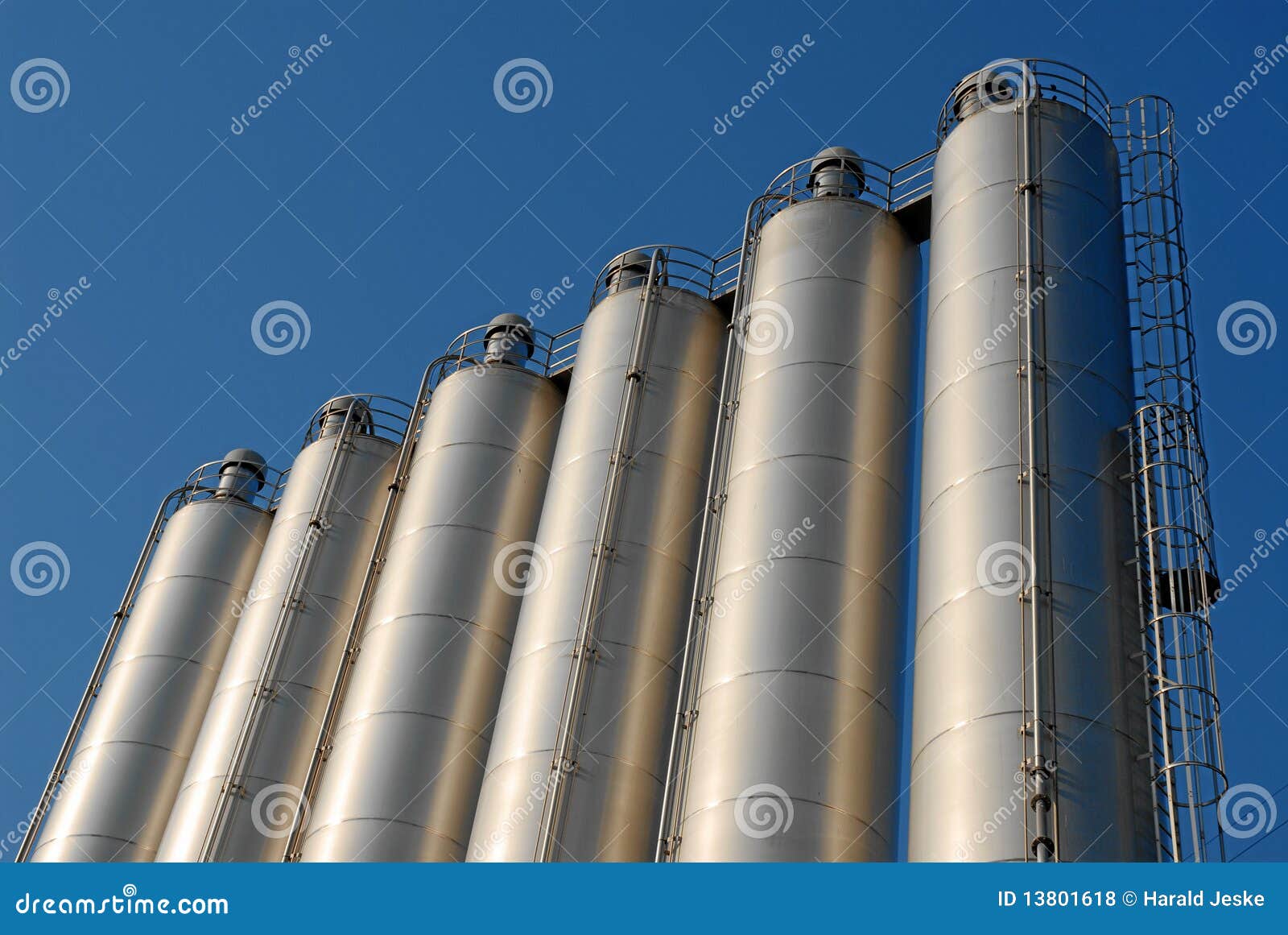

(c),(d) Seasonal precipitation sums from Dec to Feb (DJF) 2007/08 to Sep to Nov (SON) 2011, for the WegenerNet Friedrichs-type rain gauges (WN Friedrich, average over 139 base/special base stations), Young-type gauges (WN Young, average over 11 primary stations), Kroneis-type gauge (WN Kroneis, station 77 only), ZAMG Feldbach station gauge (ZAMG-FB), and E-OBS selected-region average data (E-OBS, average) see Fig. (a) Seasonal-sum precipitation field and (b) seasonal-sum precipitation field for heavy precipitation (hours with >4 mm h −1 rain rate only) for Jun–Aug (JJA) 2009, with the legend showing also the region-mean sum (P̄, Π̄), the minimum/maximum deviation of all gridpoint locations relative to the region mean (ΔP min/ΔP max, ΔΠ min/ΔΠ max), and the relative standard deviation of the gridpoint values against the region mean ( σΔP, σΔΠ). Illustration of seasonal precipitation data from the WegenerNet. Five-year-mean values of the datasets and mean elevations of the stations (legend at bottom) are shown as well.

1 for the station locations and the E-OBS region.

#95 silo city row series#
(c) Mean annual cycle of monthlymean temperatures from the period 2007–11, and (d) monthly-mean temperature anomaly time series (i.e., mean annual cycle subtracted), for the WegenerNet region-mean data (WegN-RM), Feldbach-subregion-mean data (WegN-FB, includes stations 45, 46), Gnas-subregion-mean data (WegN-GN, includes stations 115, 116, 129, 130), ZAMG Feldbach station data (ZAMG-FB), and E-OBS selected-region-mean data (E-OBS) see Fig. The legend shows the region-mean value ( T̄), the minimum/maximum mean value of all gridpoint locations ( T min/ T max), and the standard deviation of the gridpoint means against the region mean ( σT). (a) Monthly-mean temperature field and (b) monthly-mean temperature field after noontime (1300–1400 LT data) for Jul 2008. Illustration of climatological temperature data from the WegenerNet. (g) View of a primary station, and (h) view of the reference station, both station types using an area of about 25 m 2 and both views showing also the mast with the wind sensor 10 m above ground. (f) View of a base station, which occupies a nominal area of about 9 m 2 special base stations use the same area.
#95 silo city row professional#
(e) The instrumentation is mounted by a professional weather station engineer. (c),(d) Students from local agricultural colleges and land owners help with setting up basic station infrastructure. A diversity of GIS maps and land registry information, from cooperation with state departments, supported the acquisition of long-term station locations, where (a) shows an aerial photo of land cover for an example grid cell (purple rectangle, center marked with black dot) with a few candidate station locations indicated (orange dots) and (b) shows the candidate locations and is closer into the grid cell, focusing now on land property information (black parcels) as well as street and housing information (black dashed and green lines, reddish symbols). 10).ĭesign and setup of the WegenerNet stations.

The river Raab valley (gray broad band from northwest to east) and a series of smaller streams joining into the Raab are the main features determining the orography (a complementary view on this orography is available in Fig. The backdrop map indicates the hilly landscape of the region (with a moderate altitude range from about 260 to 520 m). (b) The WegenerNet region is about 20 km × 15 km size with its 151 stations, illustrating also station types and complementary stations for more information on station characteristics see Table 1. In addition to showing geographical context, these regions are climate model domains for dynamical downscaling from GAR to FFB as employed in the model ing example application of Fig. In southeastern Styria, the focus Feldbach region (FFB red rectangle) comprises the WegenerNet area around which a further region of about 100 km × 100 km size, used for intercomparison to E-OBS data, is indicated (dashed red rectangle). (a) The GAR includes Austria, marked by its national borders, and the greater Styrian region (GSR) encompassing the state of Styria, marked by its state borders. The WegenerNet region in southeast Austria as part of the greater Alpine region (GAR).


 0 kommentar(er)
0 kommentar(er)
